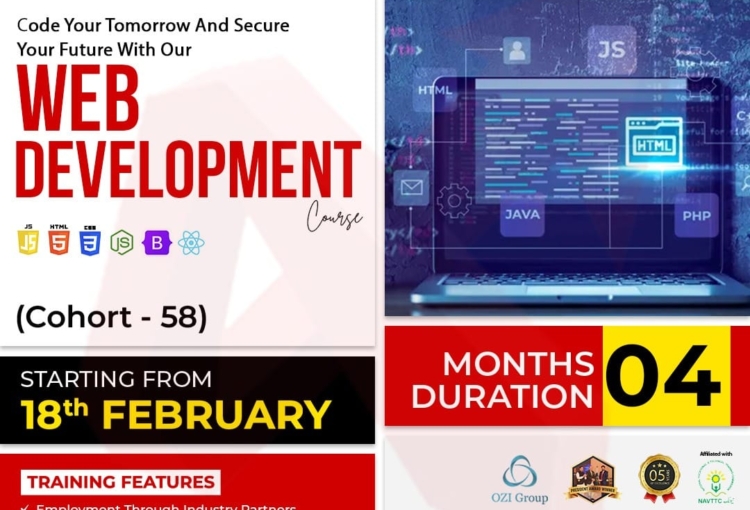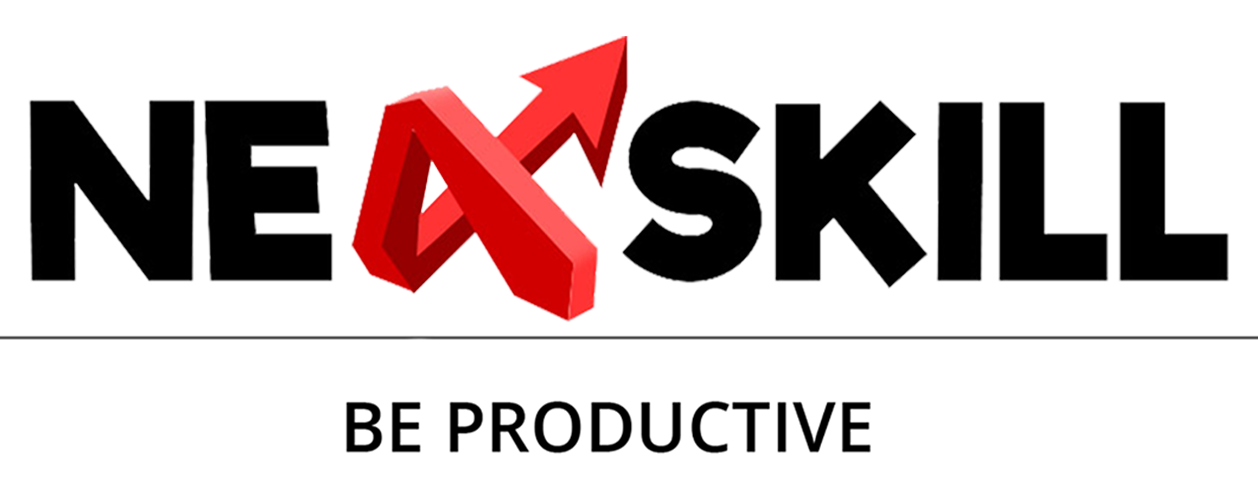Web development has become an essential skill for businesses and individuals alike. PHP and Laravel, two powerful tools in the web development world, offer a robust and efficient platform for building dynamic web applications and APIs. This blog will explore the benefits and features of PHP and Laravel, with a focus on Nexskill’s PHP and Laravel course.
Understanding PHP and Laravel:
To begin our journey into web development, it is important to understand the role of PHP and Laravel. PHP, a widely used server-side scripting language, provides the foundation for building dynamic websites and web applications. Laravel, on the other hand, is a PHP framework that simplifies and expedites the web development process. It offers a wide range of features, including routing, authentication, caching, and database management, making it a popular choice among developers.
Use of PHP and Laravel in Web Applications and APIs:
PHP and Laravel are powerful tools for building web applications and APIs. Here are some key benefits of using PHP and Laravel:
-
Web Application Development:
PHP is a widely-used scripting language that helps in creating dynamic websites and web applications. Laravel, a PHP framework, provides a solid foundation for building web applications by offering features like routing (defining URLs), authentication (user login), caching (storing data for faster access), and managing databases.
-
API Development:
Laravel simplifies the process of building APIs, which are used for connecting different software systems and allowing them to communicate with each other. With Laravel, developers can easily create APIs with features like API authentication (securing access), rate limiting (controlling API usage), request validation (ensuring data integrity), and response formatting (structuring API responses).
-
Rapid Development:
Laravel’s user-friendly syntax and pre-built libraries make development faster and more efficient. It comes with useful features out of the box, such as database migrations (managing database changes), routing (mapping URLs to code), caching (storing frequently accessed data), and authentication (user login). This saves developers time and effort in building common functionalities.
-
Scalability and Performance:
Laravel offers tools for improving the performance and scalability of web applications. It includes features like caching (storing data for faster access), queueing (managing tasks in the background), and database optimization (making database operations faster). Laravel Octane, a recent addition, further boosts application performance by keeping it in memory.
-
Community and Ecosystem:
Laravel has a vibrant community of developers who actively contribute to its improvement. This community provides a wealth of resources, tutorials, and packages that can be easily integrated into Laravel applications. This saves developers time and effort in building functionalities from scratch.
-
Security:
Laravel prioritizes security and offers features like user authentication (ensuring authorized access), authorization (controlling user permissions), encryption (protecting sensitive data), and password hashing (storing passwords securely). It also provides tools to handle common security concerns like cross-site scripting (XSS) and cross-site request forgery (CSRF) protection.
-
Flexibility and Extensibility:
Laravel follows the model-view-controller (MVC) architectural pattern, which helps in organizing code and separating different components. It also supports integration with other libraries and tools, making it flexible and adaptable to different project requirements.
PHP and Laravel provide a versatile and efficient platform for building web applications and APIs. They offer a range of features, a supportive community, and a vast ecosystem of packages and tools to enhance development speed, security, and scalability.
Exploring Nexskill’s PHP and Laravel Course:

Nexskill’s PHP and Laravel course is designed to provide learners with a comprehensive understanding of web development using PHP and the Laravel framework. This course covers various essential topics, enabling learners to build dynamic web applications. Let’s explore the key contents of the Nexskill PHP and Laravel course:
-
Introduction to PHP & Laravel:
The course begins with an introduction to PHP and Laravel, giving learners an overview of these technologies and their significance in web development.
-
Setting Up a PHP Environment:
Learners are guided through the process of setting up a PHP development environment on their local machines. They learn how to install PHP, configure a web server, and set up a development environment for PHP projects.
-
Basics of PHP Programming:
The course covers the fundamentals of PHP programming. Learners explore topics such as variables, data types, operators, control structures, functions, and arrays in PHP.
-
Laravel Framework Overview:
Learners gain an understanding of the Laravel framework, its features, and its advantages in web development. They learn about Laravel’s architecture, its key components, and its role in building robust and scalable web applications.
-
Building and Configuring Laravel Projects:
Nexskill’s course teaches learners how to create and configure Laravel projects. They learn about the project structure, configuration files, and how to manage dependencies using Composer.
-
Database Integration with Laravel:
The course covers Laravel’s database integration capabilities. Learners gain insights into database migration, schema creation, and performing CRUD operations using Laravel’s database query builder.
-
Laravel Routing and Controllers:
Learners explore Laravel’s routing system and learn to define routes for their web applications. They also understand the concept of controllers and how to use them to handle HTTP requests and responses.
-
Blade Templating Engine in Laravel:
The course introduces learners to Blade, Laravel’s powerful templating engine. They learn how to create reusable templates, include partial views, and pass data to views for dynamic content rendering.
-
Laravel Eloquent ORM for Database Interaction:
Learners delve into Laravel’s Eloquent ORM, which simplifies database interactions. They learn how to define models, perform database queries using Eloquent’s expressive syntax, and establish relationships between database tables.
-
Authentication and Authorization in Laravel:
The course covers Laravel’s authentication and authorization features. Learners understand how to implement user registration, login, and password reset functionality. They also explore authorization techniques to control access to specific parts of their web applications.
Nexskill’s PHP and Laravel course provides learners with a solid foundation in PHP programming and Laravel framework. By completing this course, learners gain the skills and knowledge necessary to develop dynamic web applications using PHP and Laravel, and they are equipped to pursue a career in web development.
Conclusion:
In conclusion, learning PHP and Laravel opens up a world of possibilities for web developers. Nexskill PHP and Laravel Course provide a comprehensive and practical learning experience, equipping learners with the skills and knowledge needed to develop web applications and APIs using these powerful technologies. By taking this course, individuals can gain a competitive edge in the web development industry and embark on a rewarding career path. So, why wait? Enroll in Nexskill PHP and Laravel Course today and start your career as a web developer.
